Photon statistics of zero-dimensional nanomaterials
We focus on the phenomena resulting from the interaction of light and nanomaterials, and the research of photon statistics based on such effects. Our study spans a variety of nanomaterials, such as epitaxial quantum dots, colloidal quantum dots, and two-dimensional materials. Besides of discovering the underlying physical principles of these materials, we are interested to obtain single photon sources for quantum information science with high single-photon purity, indistinguishability and brightness. A particular emphasis lies on the development of epitaxial quantum dots for quantum science and technology.
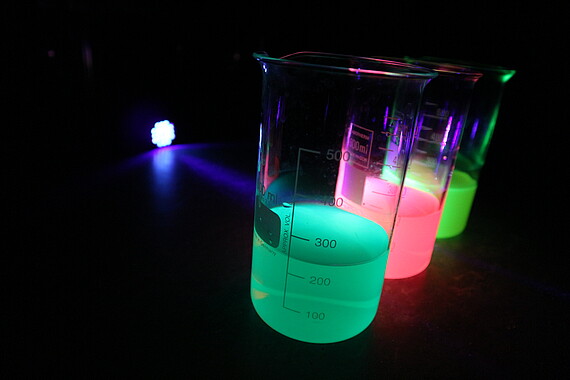
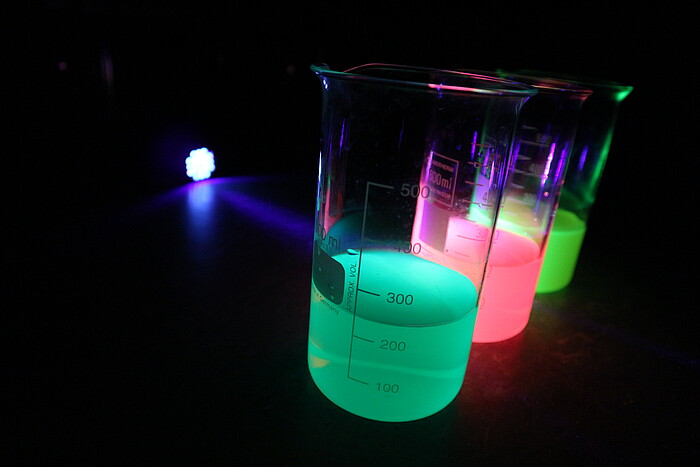
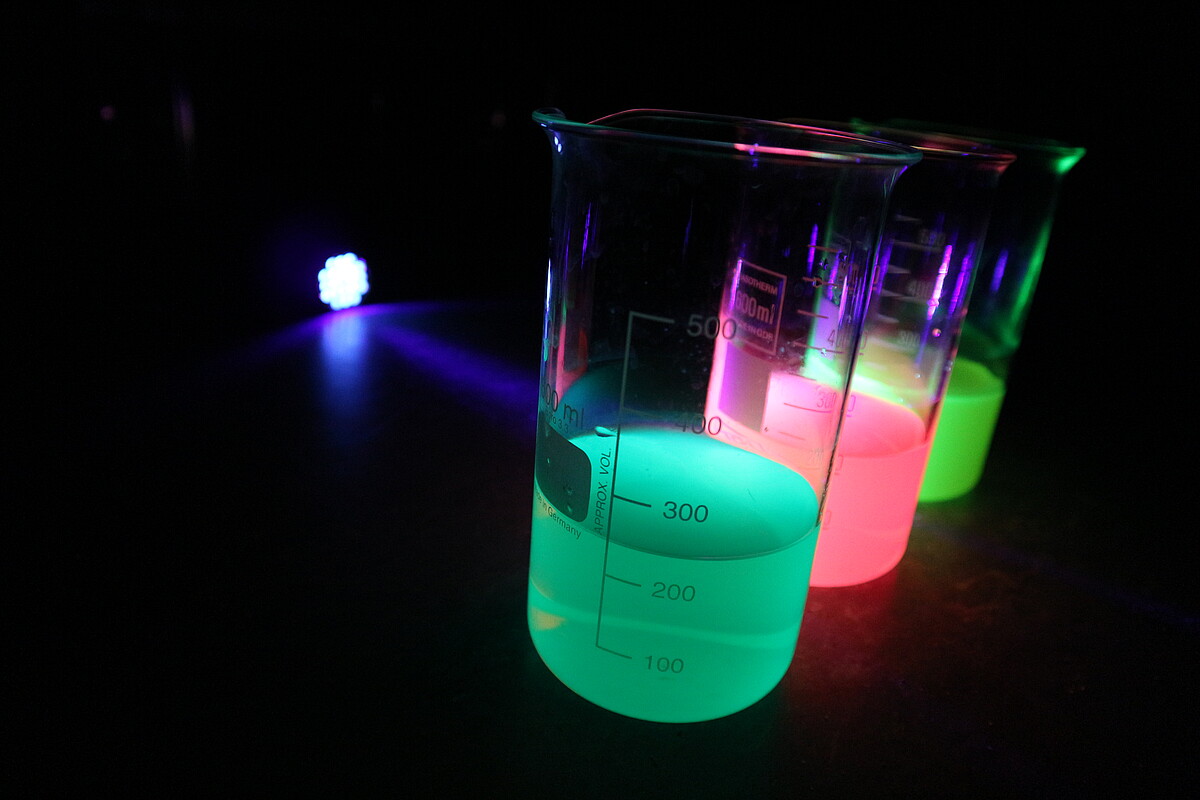 ©
AG Ding
©
AG Ding
Epitaxial growth of semiconductor quantum dots
We grow III/V compound semiconductors, in particular GaAs/AlGaAs quantum dots (QDs), via molecular beam epitaxy (MBE). The in-situ droplet etching and nanohole infilling method is used to obtain morphologically symmetric QDs resulting in small exciton fine structure splittings and therefore high entanglement fidelity of the emitted photons. The emission wavelength is typically ranging from 700 nm to 800 nm and is easily tunable by modifying the infilling amount to the nanohole. This enables the coupling to other quantum systems such as Si-vacancy centers in diamond or rubidium atoms. The ultra-pure growth condition in the MBE ensures that the QDs have only few defects, thus emitting photons with long coherence time and high indistinguishability.
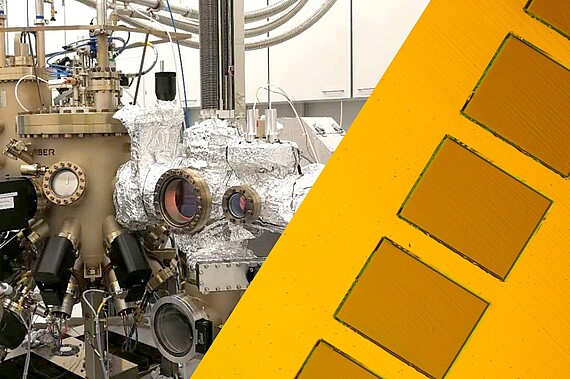
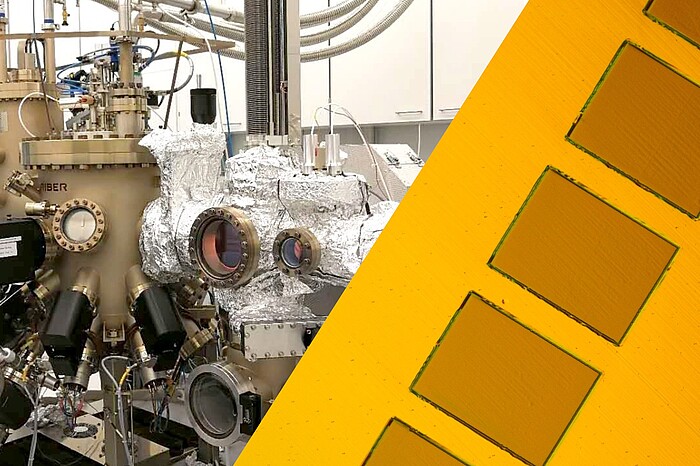
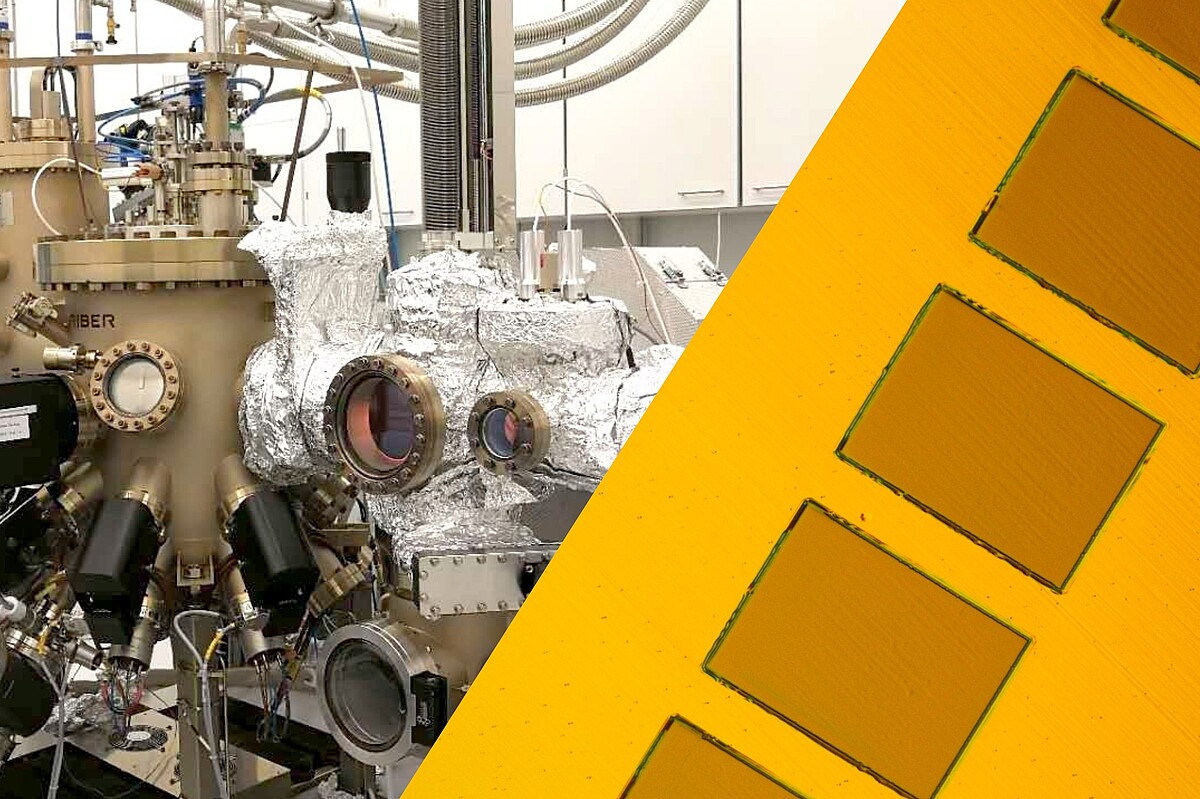 ©
AG Ding
©
AG Ding
Semiconductor based quantum communication
Semiconductor quantum dots are the leading candidate for generating polarization-entangled photons deterministically. Such sources, together with efficient quantum memories, are a key component for a so-called quantum repeater which is proposed to allow for long-haul quantum communication. The entangled photon sources developed by us are used in the neccessary quantum optical protocols, such as entanglement swapping between entangled photon pairs generated by semiconductor quantum dots.. Furthermore we investigate the tuning of the quantum dot emission to quantum memory frequencies.
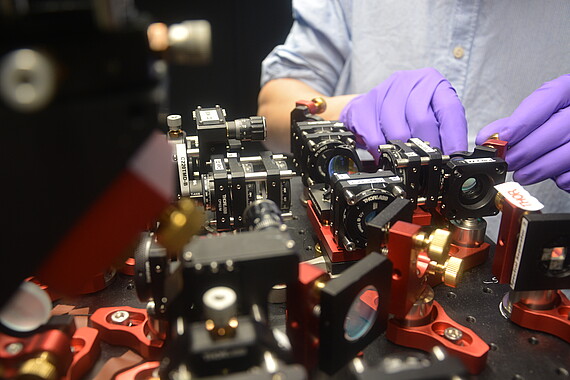
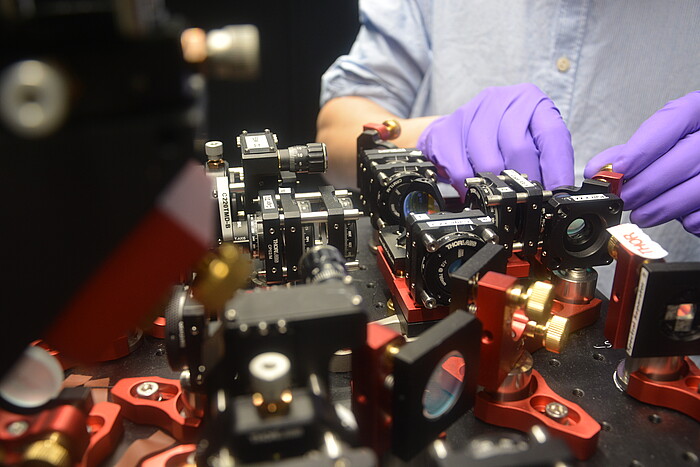
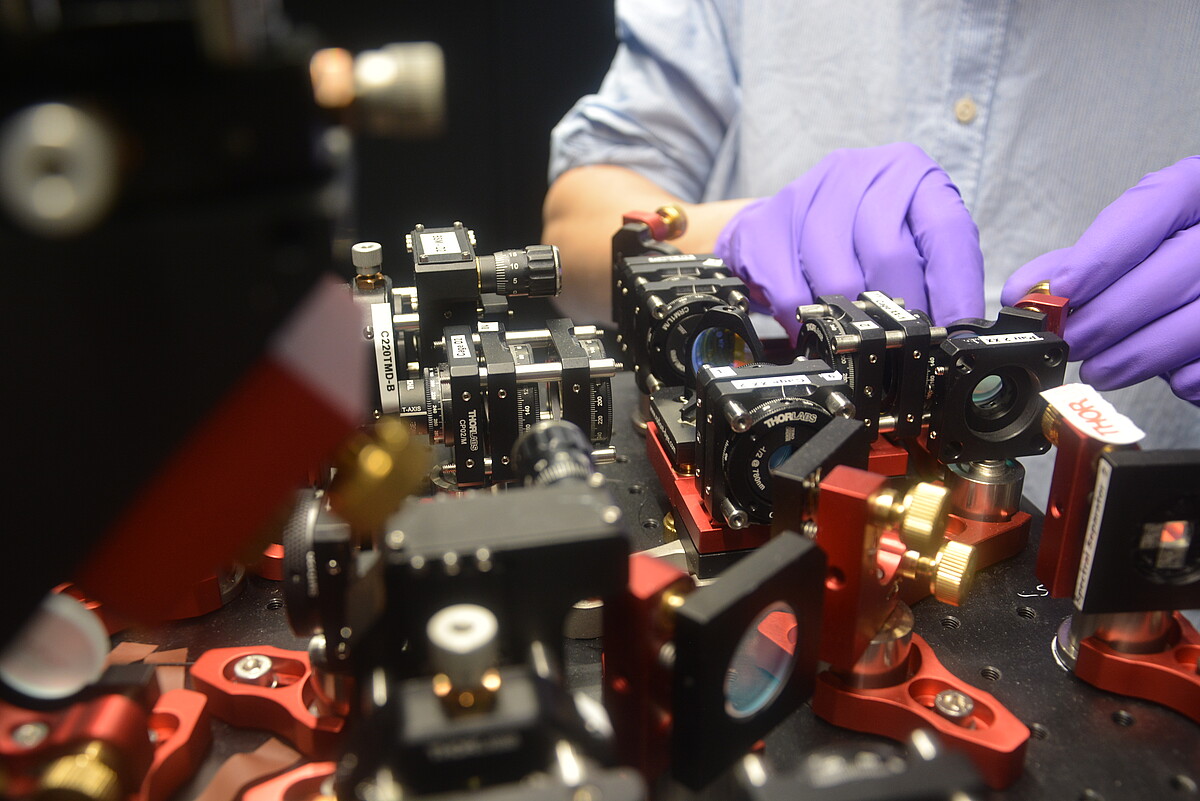 ©
AG Ding
©
AG Ding
Strain-tuning of nanomaterials
Interesting physical phenomena in nanomaterials are often revealed by tuninng their properties using external fields. Magnetic, electric or strain fields alter the intrinsic properties such as symmetry or bond length and angle and therefore the electronic states of the material. Our focus is on the strain tuning of low-dimensional materials like quantum wells, quantum dots, two-dimensional materials and more. We develop novel anisotropic strain engineering platform based on a PMN-PT/silicon micro-electromechanical system. These devices have footprints of several hundred microns and allow for reversibly controlling the complete in-plane strain in the nanomaterials under investigation.
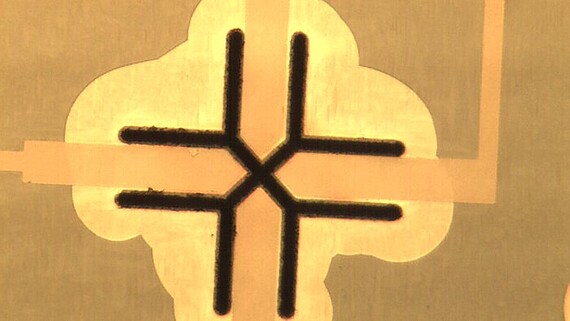
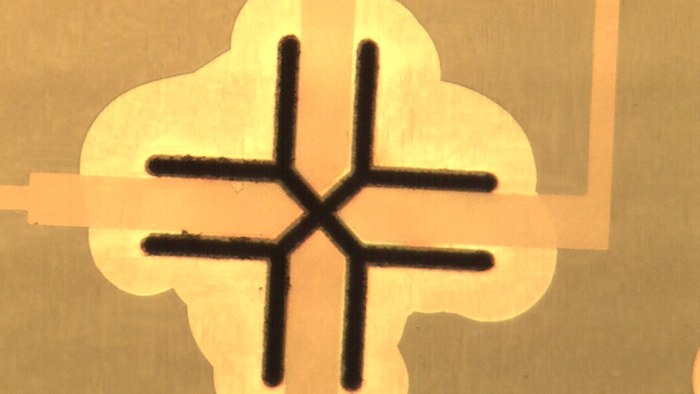
 ©
AG Ding
©
AG Ding
Quantum sensing with semiconductor nanostructures
Semiconductor nanostructures are very sensitive to their envirenment, making them suitable for metrology applications. By investigating their response to external electric, magnetic and quantum optical fields we are looking to enhance the precision of existing sensing technologies. We furthermore explore the photonic states emitted by different nanostructures in order to allow for optical measurements below the standard quantum limit.
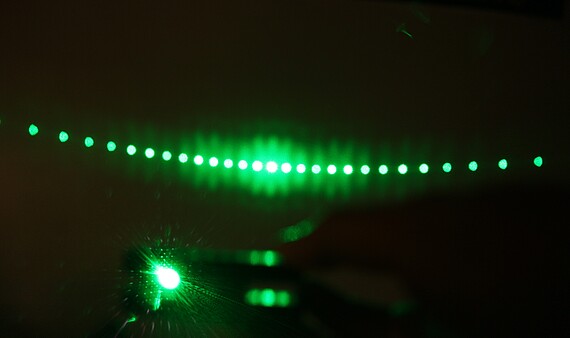
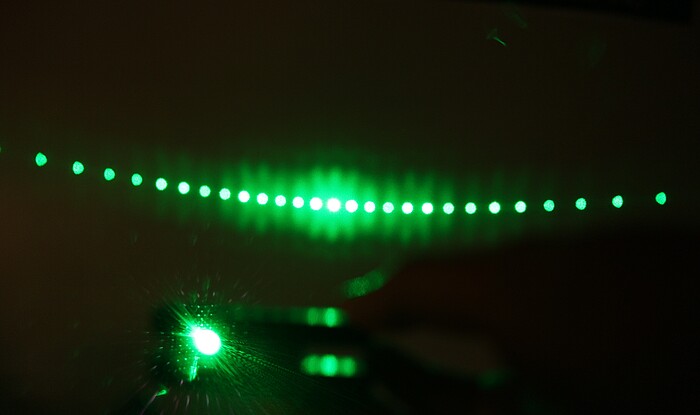
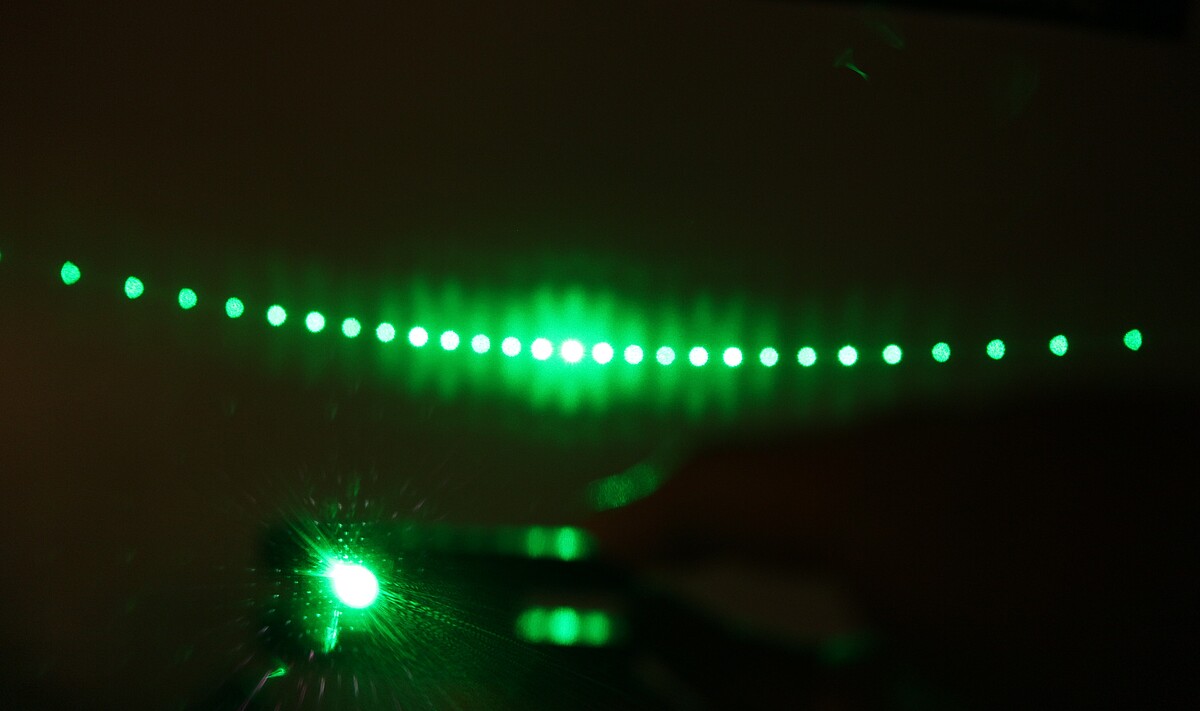 ©
AG Ding
©
AG Ding
You can find a list of our research projects here here.
